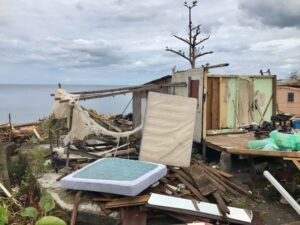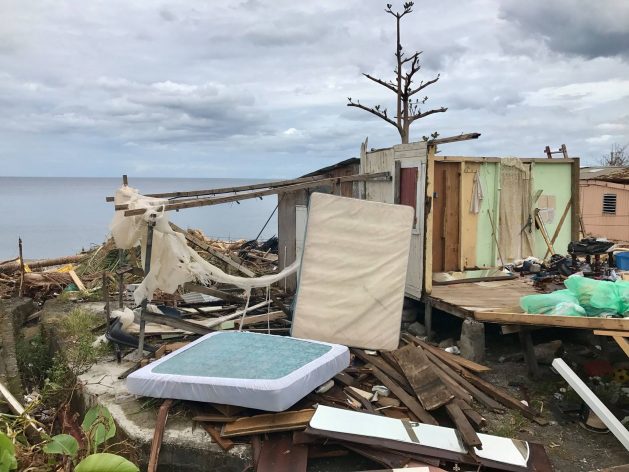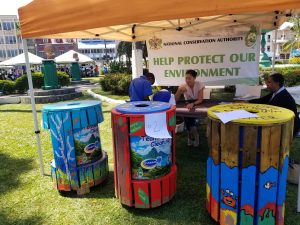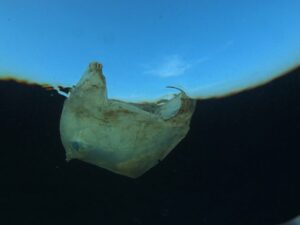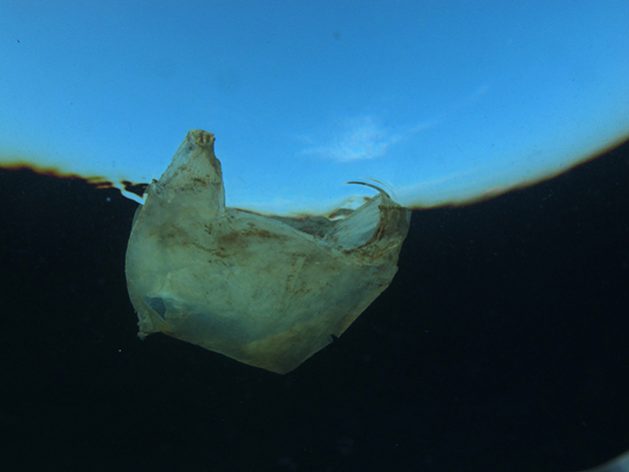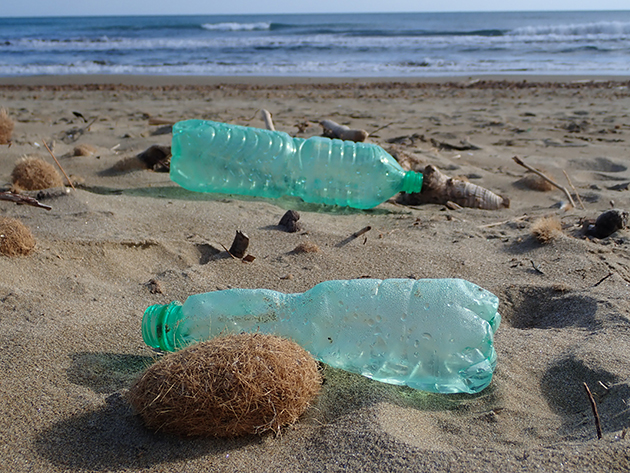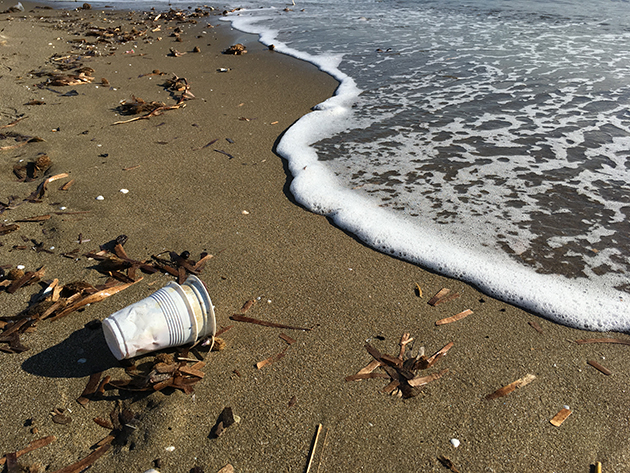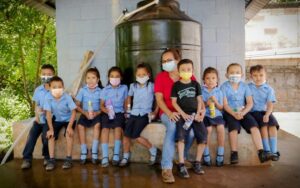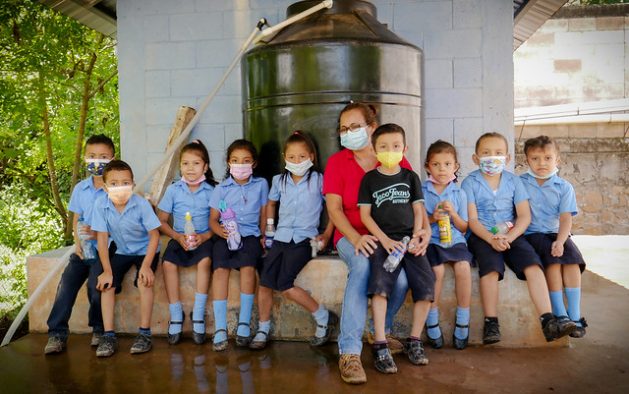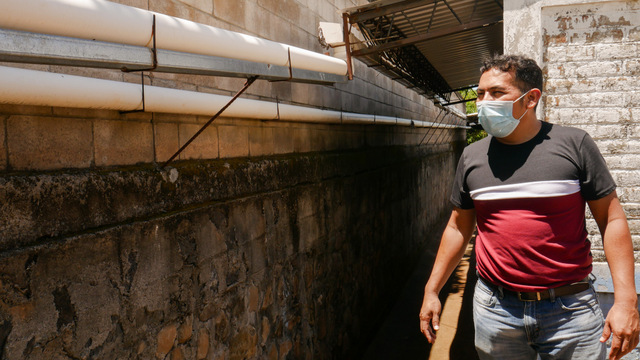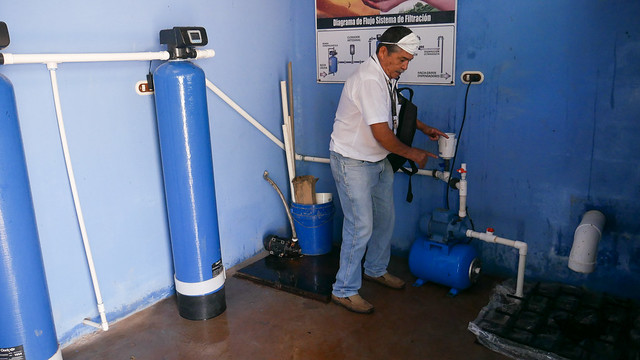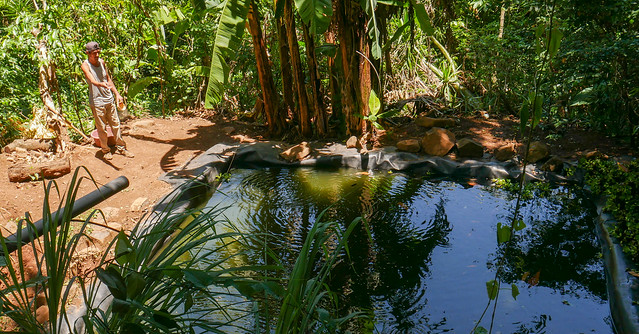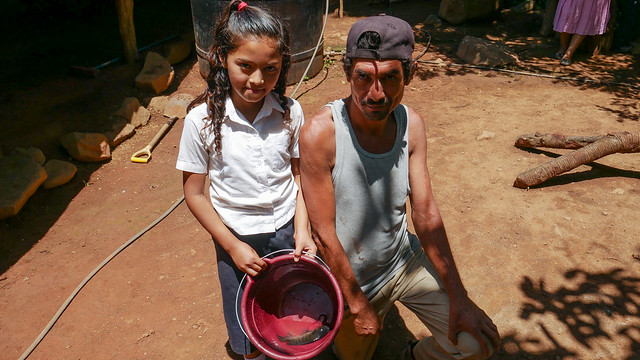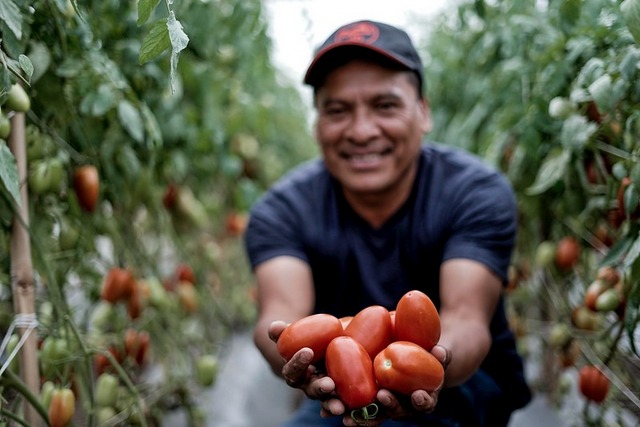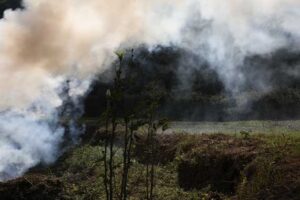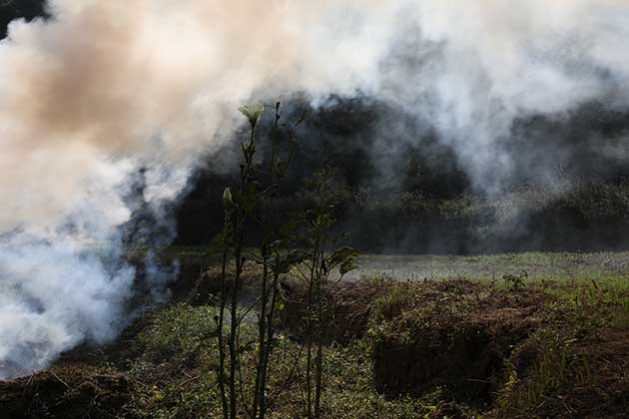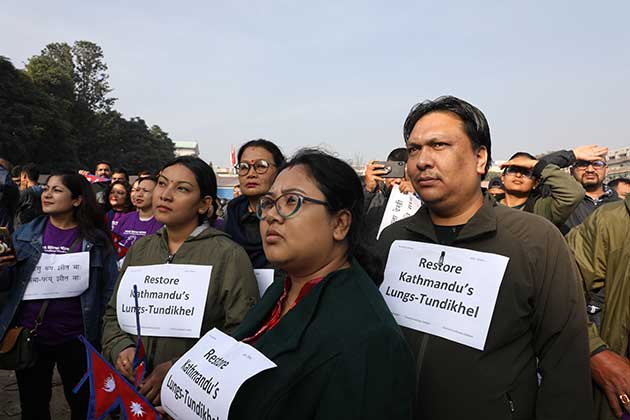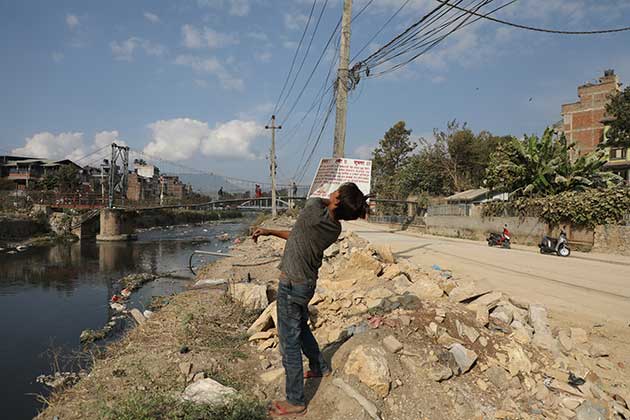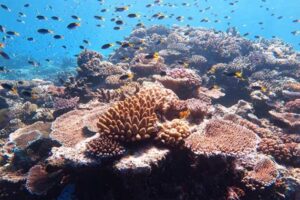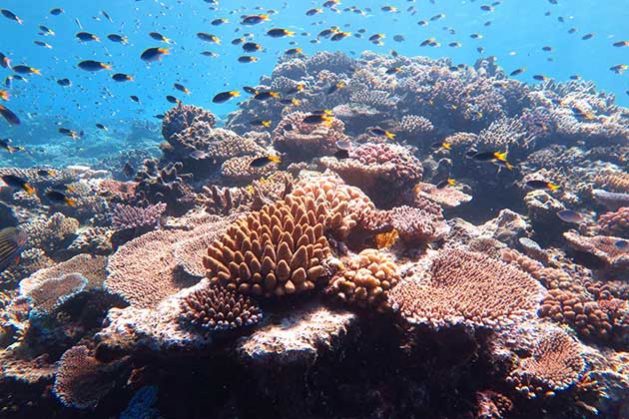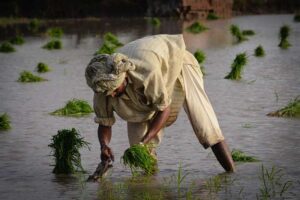
Asia-Pacific, Civil Society, Development & Aid, Editors’ Choice, Environment, Featured, Food and Agriculture, Headlines, Poverty & SDGs, Regional Categories, TerraViva United Nations, Water & Sanitation
Clara Colton Symmes, Princeton-in-Asia Fellow, International Water Management Institute (IWMI), Sri Lanka
In an Interview with Dr Mohsin Hafeez, Country Representative – Pakistan, Regional Representative – Central Asia
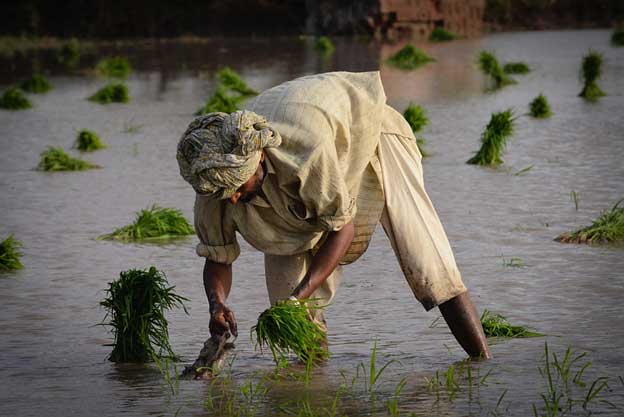
Farmer working in a paddy field in Pakistan. Credit: Faseeh Shams / IWMI
– An intense monsoon season in Pakistan means the country’s food system faces the challenge of both extreme floods and extended droughts.
In an effort to address these challenges through cross-sectoral collaboration, Dr. Mohsin Hafeez, IWMI’s Country Representative for Pakistan and Regional Representative for Central Asia, convened a regional dialogue in advance of the UN Food Systems Summit (which is scheduled to take place at the United Nations, September 23) .
Human actions are at the root of much water scarcity, but these international dialogues are an opportunity for humans to be a part of the solution by working to reconcile our damages through transforming how we approach food systems.
Pakistan ranks 88th out of 107 countries on the Global Hunger Index and extreme weather, intensified by climate change, has made farming a challenging venture there. Much of Pakistan’s food is now imported from overseas.
Dr. Hafeez’s work centers around improving the resiliency and efficiency of Pakistan’s water systems. This includes innovating water capture and storage systems in Islamabad and Rawalpindi, where he is working to introduce nature-based solutions like recharging groundwater with rainfall runoff.
By convening April’s regional dialogue and organizing four provincial dialogues in the time since, Dr. Hafeez provided the collaborative platforms necessary for reaching sustainably-managed water sources in his region. It is only through cross-sectoral dialogues and work that Pakistan will achieve sustainable food systems management.
“There is an urgent need for promoting inter-sectoral cooperation through evidence-based information to ensure water-food-energy security and environmental sustainability for food system transformation in Pakistan,” Dr. Hafeez said.
The pre-summit hosted in Italy was another opportunity to bring together diverse stakeholders in food systems in the leadup to the UNFSS. On the IWMI blog, we will be exploring what country managers in Uzbekistan and Pakistan hope to achieve through the UNFSS process.
A Q&A with Dr Hafeez:
How are water and food systems connected?
Water supply systems are first and fundamental in food systems. In Pakistan more than 90 to 95% of our total water resources is used for irrigating crops. It’s a water system intrinsically linked with the food system.
When there is a water shortage, we see a direct impact on food production because this is an arid environment, and farmers are not able to do agriculture without the artificial applying of water.
What are the most pressing challenges facing food and water systems in your region?
Pakistan is a food insecure country. We don’t even have food to eat, let alone nutritious options. Around 45% of the children have stunted growth. People don’t have enough food to meet their caloric needs. We’re importing all the other major crops in the last 4 to 5 years from overseas.
And the food system is dependent on water. When we don’t have enough water, the farmers are not able to grow anything, which impacts the lives and livelihoods of everyone.
If you’re talking about even the linkages between the water system and food system: the current water storage systems are only able to cope for 30 days of water supply.
Then there is also the issue of water quality. There is a lot of wastewater and effluents that mix directly into the into the water supply system including the canals and water networks. This also impacts the food system, so that what we grow may not have a same nutritious value.
Why is water storage so essential in Pakistan?
80% of annual rainfall happens during the monsoon season, which is around 60 to 90 days between July and September. The remaining nine months we receive only 16-20% of the water supply.
Water systems here are not resilient, so water storage capacity is quite low. And when we face extreme climate shocks like droughts, this stresses the water and food systems. Either we are facing three months of floods, or nine months without enough water.
What would a water secure world look like for Pakistan and what needs to happen in order to achieve that?
We need to make water systems more efficient, and that will only happen if we improve the efficiency of the irrigation system, which would make water more available for the other sectors. We also need to make water systems more resilient.
There has been a lot of focus on building large dams, but they require a lot of capital resources. I believe we should also focus on improving water resilience through nature-based solutions like rainwater harvesting and groundwater recharging at the localized level.
We need local, nature-based solutions and the government of Pakistan is planning to introduce 3000 small ponds across Pakistan so farmers will have more water available.
A holistic approach and reliable database on water resources and their usage across Pakistan is key to achieving food, water, and energy security. We are the fifth most climate-vulnerable country in the world and there is an urgent need for promoting inter-sectoral cooperation through evidence-based information.
We also need groundwater management policy. Even though we have a national water policy and provincial water acts, we don’t have a comprehensive groundwater plan. Ministries, like those for climate change and food security policy, must stop working in silos and collaborate.
The regional dialogue we convened did this. It brought ministries together and made them talk about how each could help the other in the water, food, energy (WEF) nexus.
How were you able to give voice during the dialogue to historically underrepresented groups like smallholder farmers, women, children, and rural communities?
We invited people from various government and private sectors and farmers. But because they were held in English, we faced the challenge of a language barrier. Many rural farmers do not speak English. So, we invited some and did what we could to help them with translators.
Another challenge is that this dialogue was conducted virtually, and many smallholder farmers did not have access to that. So, we had only two or three farmers participate.
But we had many government agencies that are directly involved in the farmers community. They were able to represent the farmers and a group called the Farmer’s Federation was also able to attend.
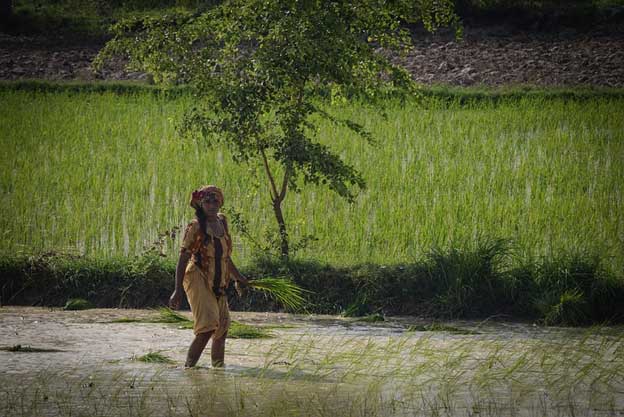
Woman working in a paddy field. Credit: Faseeh Shams / IWMI
How do events like the regional dialogues and then the larger UNFSS affect water systems in your region? And what would you like to see as a result of the UNFSS?
When people talk about the food systems, they talk about production, the food value chain, and consumption. And they often ignore the importance of water. This is really the first time in 10 years when we’re talking holistically about food in a way that includes every aspect of the system.
At a recent provincial dialogue, part of the Member State Dialogue, we had people working on nutrition, agriculture, the value supply chain, traditional agriculture, water, and policy. It provided a platform where people worked together and thought beyond their own specialty: identifying real issues and how they could be improved in the future together.
Pakistan joined a UNFSS coalition for developing countries facing food insecurity. The Pakistani government is emphasizing the need to build resilient societies and improve food accessibility. There will be actions and pledges made to invest more into food systems areas which have been typically ignored.
What upcoming IWMI projects do you think will affect the kind of food system transformation desired by the UNFSS?
IWMI and International Food Policy Research Institute are designing a CGIAR Initiative to scale up the integrated management of water, energy, food, land, biodiversity, and forests for inclusive, sustainable development in transboundary river basins in the context of a changing climate.
The NEXUS Gains Initiative will be a game changer, but also many other IWMI projects will be helpful in interconnected thinking about improving the food security and water systems.
As IWMI and the other One CGIAR centers work together, we will be able to make change in a more systematic, holistic way that will change the mindset around food systems and ultimately improve the resilience of water supply systems.
What is making you feel hope about the future of food and water systems in Pakistan and Central Asia?
The current government is Pakistan is saying that food security is one of their highest priorities. They have initiated so many social initiatives in that field, including a resource program where they are providing food to vulnerable communities, with a focus on gender and the stunted growth of children.
The government also emphasized a need to understand the challenges in agriculture sector, linking from the basic production system towards the value supply chain, because as I mentioned that 22% of the system level losses are there.

